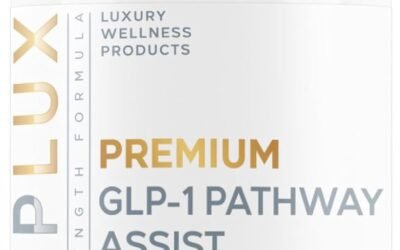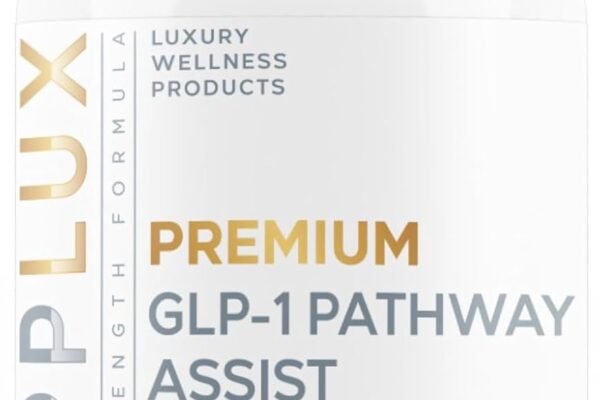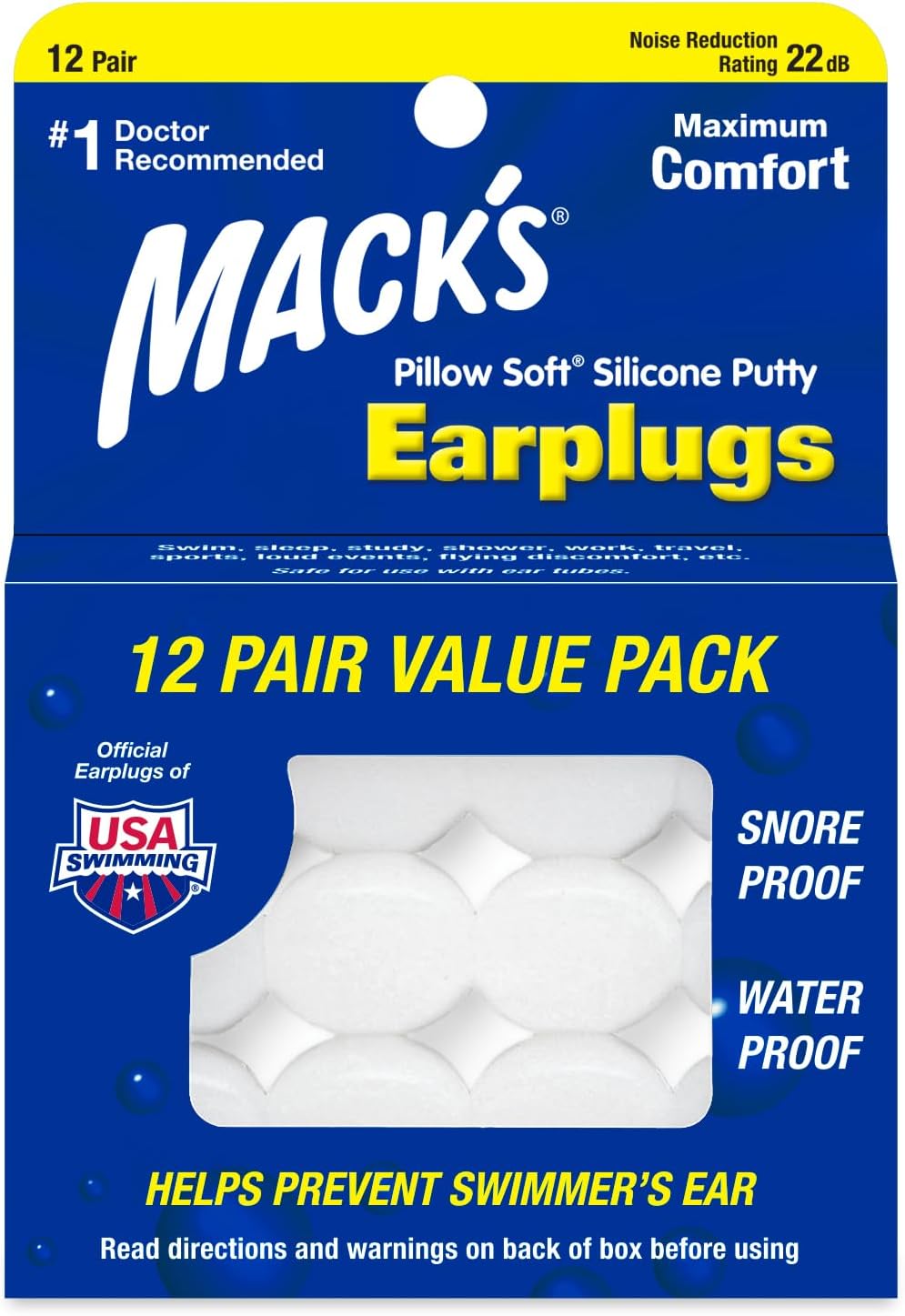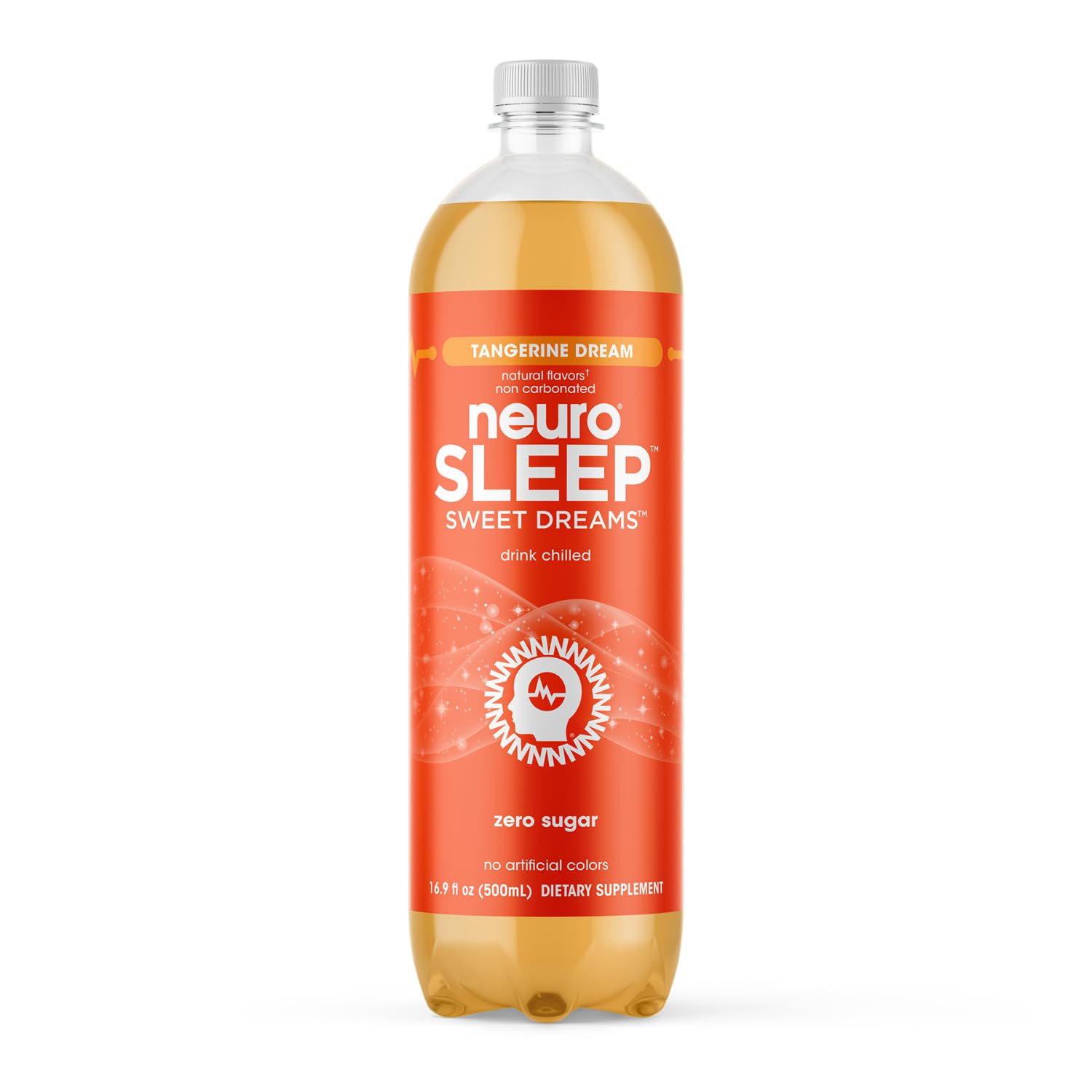

What Are the Different Types of Naps? – The Sleep Doctor
People everywhere take daytime naps, and they do so for many reasons. A nap can help people feel alert and refreshed, and it can also boost physical performance, learning, and thinking. Napping is also a way to compensate for a poor night’s sleep. And some indulge in naps for pure enjoyment.
Scientific evidence suggests that our brains can reap big benefits from naps, but there are downsides to napping as well. We discuss the various types of naps and how to get the most out of napping.
Different Types of Naps
Naps can be classified in several ways, such as by how long they last and what function they serve.
Short naps that typically last about 15 to 30 minutes and longer naps of about 90 minutes can both be effective at promoting wakefulness, though experts most often recommend shorter naps. Research has found that a short nap consisting of light sleep can immediately reduce drowsiness after waking.
Naps longer than 30 minutes may cause grogginess or disorientation after waking, known as sleep inertia. This may be because the longer a person sleeps, the deeper the sleep becomes, and the more difficult it can be to wake up. But longer naps may be helpful in more specific situations, such as for people who work long hours.
Power Nap
A power nap is a brief nap, generally lasting 10 to 20 minutes. A power nap can be helpful whenever a person feels tired but needs to stay alert, such as in the middle of a work day.
People around the world take power naps to relieve daytime sleepiness and increase their productivity. Research shows that power naps lasting only 10 minutes or less may restore wakefulness for hours afterward.
Recovery Nap
The recovery nap, or replacement nap, is a period of daytime sleep that’s meant to make up for lost nighttime sleep. While naps can’t undo all the problems caused by sleep deprivation at night, they may lessen its impact.
Some people nap to make up for sleep they lose because of a sleep disorder or long hours spent working. Recovery naps may also benefit sleep-deprived parents of babies, as well as athletes who lose sleep because of training and travel schedules.
Older people are often prone to sleep disruption due to health conditions, medication use, or a lack of physical activity during the day. Therefore, they may try to make up for poor sleep at night by taking recovery naps during daytime hours.
Proactive Nap
A person may take a proactive nap, or prophylactic nap, when they anticipate that they will not get enough nighttime sleep. This type of planned nap is typically longer than a power nap and can often last several hours. Proactive naps can be especially helpful for shift workers, such as nurses or emergency responders, who work overnight or irregular hours.
A longer nap allows a person to enter deeper stages of sleep. This can relieve the pressure for sleep that builds up during the day and can help a worker maintain alertness and productivity during their shift.
Coffee Nap
One simple suggestion for alleviating the drowsiness that may follow a nap is to take caffeine right before the nap. While this is commonly called a coffee nap, the caffeine can come from other sources, such as soda, tea, food, or a caffeine pill.
The full effects of caffeine don’t appear until about 30 minutes after it’s taken, so drinking a cup of coffee just before a short nap won’t disrupt your sleep. Instead, it can make you feel even more alert and energized when you wake up.
Appetitive Nap
Some people nap just because it gives them pleasure to do so. People who have no trouble sleeping at night or who are not troubled by daytime fatigue can still enjoy these types of naps, called appetitive naps.
Even a purely recreational nap can impart many benefits. Research has found that 10- to 30-minute appetitive naps can lessen fatigue and confusion, and can also give a boost to a person’s energy levels.
Benefits of Naps
Evidence suggests that naps increase alertness and can help people make up for lost sleep. But there are many other benefits of naps, even for people who get a healthy amount of nighttime sleep.
- Memory: Naps may improve working memory, which is how the brain stores and manipulates information. Naps may also help the brain’s processing of memories, known as memory consolidation.
- Learning: A short daytime nap can have a positive effect on learning and may improve a person’s reasoning ability.
- Mood: Napping may help people become more emotionally stable. Research shows that napping improves a person’s perception of their mood, resulting in more positive reactions to the day’s events.
- Immune system function: Sleep-deprived people who take naps may experience positive effects on their immune systems and might be less likely to catch colds.
Drawbacks of Naps
Alongside many potential benefits, napping carries with it several drawbacks. One of the main disadvantages is that napping during the day can make falling asleep at night difficult. This is particularly true for long naps and late-afternoon naps.
Among older people, frequently napping for longer than 90 minutes is linked with significant health problems. These include heart issues, high blood pressure, worsening cognitive abilities, and a greater risk of diabetes.
Tips for Effective Naps
To get the greatest benefit from your naps, follow a few guidelines.
- Time your nap: Many people get sleepy around 2 p.m., as a result of the body’s natural sleep-wake cycle. This means that the early afternoon may be the ideal time to nap, while napping after 3 p.m. can interfere with falling asleep at bedtime.
- Keep it short: Many experts recommend that adults take naps lasting only 20 minutes or less, so consider setting an alarm to avoid oversleeping.
- Create the right environment: Use a bed or cot for comfortable napping. Also, consider wearing an eye mask and using ear plugs to induce a quiet, calm atmosphere.
- Take steps to wake up: Have a small cup of coffee, step into a brightly lit area, or wash your face with cold water to combat grogginess when you wake up. Also, take some time to fully wake up before you start any important activities.
References
+15 Sources
- Accessed on October 31, 2022. https://pubmed.ncbi.nlm.nih.gov/17053484/
- Accessed on October 31, 2022. https://pubmed.ncbi.nlm.nih.gov/19645971/
- Accessed on November 1, 2022. https://www.cdc.gov/niosh/emres/longhourstraining/napping.html
- Accessed on October 31, 2022. https://pubmed.ncbi.nlm.nih.gov/28899546/
- Accessed on October 31, 2022. https://www.uptodate.com/contents/insufficient-sleep-evaluation-and-management
- Accessed on November 2, 2022. https://www.cdc.gov/niosh/work-hour-training-for-nurses/default.html
- Accessed on November 3, 2022. https://www.merckmanuals.com/home/brain,-spinal-cord,-and-nerve-disorders/sleep-disorders/overview-of-sleep
- Accessed on October 31, 2022. https://pubmed.ncbi.nlm.nih.gov/28456884/
- Accessed on October 31, 2022. https://pubmed.ncbi.nlm.nih.gov/34194254/
- Accessed on November 1, 2022. https://pubmed.ncbi.nlm.nih.gov/1947593/
- Accessed on November 2, 2022. https://www.medscape.com/viewarticle/840175
- Accessed on October 31, 2022. https://pubmed.ncbi.nlm.nih.gov/33777656/
- Accessed on November 1, 2022. https://pubmed.ncbi.nlm.nih.gov/21075238/
- Accessed on November 3, 2022. https://www.nhlbi.nih.gov/health-topics/sleep-deprivation-and-deficiency
- Accessed on November 3, 2022. https://pubmed.ncbi.nlm.nih.gov/31390041/
Source link
#Types #Naps #Sleep #Doctor
















